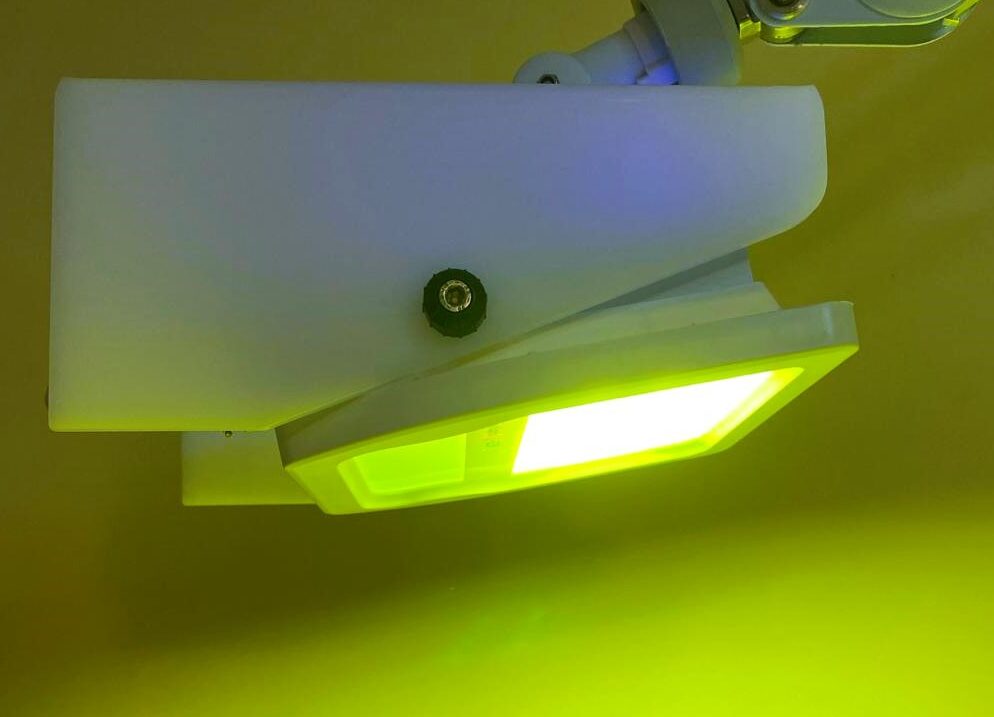PHOTONIC ENERGY, NARROW BAND FREQUENCY THERAPY
Light therapy with a wavelength of 568 nanometers (nm) would fall within the yellow-green spectrum of visible light. This specific wavelength is close to the green region but slightly shifted towards the yellow part of the spectrum. While there may be some overlap in the potential benefits of 568 nm light therapy with those of green light therapy. Research regarding the direct effects of light therapy, particularly at specific wavelengths like 568 nm, on DNA is limited and nuanced. However, it’s important to note that light in the visible spectrum, including wavelengths around 568 nm, can penetrate into biological tissues to some extent. Light absorption by chromophores within cells can lead to various biological responses, such as changes in cellular metabolism, gene expression, and signaling pathways. *Chromophores are molecules in a given material that absorb particular wavelengths of visible light, and in doing so confer color on the material.

POTENTIAL APPLICATIONS AND BENEFITS ASSOCIATED WITH 568nm PHOTONIC THERAPY:
Skin conditions: Light therapy in the yellow-green spectrum may have similar benefits to green light therapy for improving skin tone, reducing inflammation, and promoting wound healing. It could potentially be beneficial for conditions such as acne, rosacea, and hyperpigmentation.
Mood enhancement: Exposure to light in the yellow-green spectrum may have mood-enhancing effects similar to those observed with green light therapy. It could help reduce feelings of stress, anxiety, and depression, and promote relaxation. Less stress, and increased happiness.
Pain management: Yellow light therapy in the broader spectrum (around 570-590 nm) has been studied for its potential analgesic effects. It may help alleviate pain associated with various conditions, including migraines, fibromyalgia, and neuropathy.
Circadian rhythm regulation: Light in the yellow-green spectrum may also influence circadian rhythms and sleep patterns, although research specifically on 568 nm light therapy may be scarce. Exposure to light in this wavelength range, particularly in the evening, could help regulate the body’s internal clock and improve sleep quality.
* While there has been conclusive studies done on the effectiveness of LED light therapy, as with any form of light therapy, it’s advisable to consult with a healthcare professional or skin therapist, before starting treatment, especially if you have underlying medical conditions or are taking medications that may interact with light therapy.

